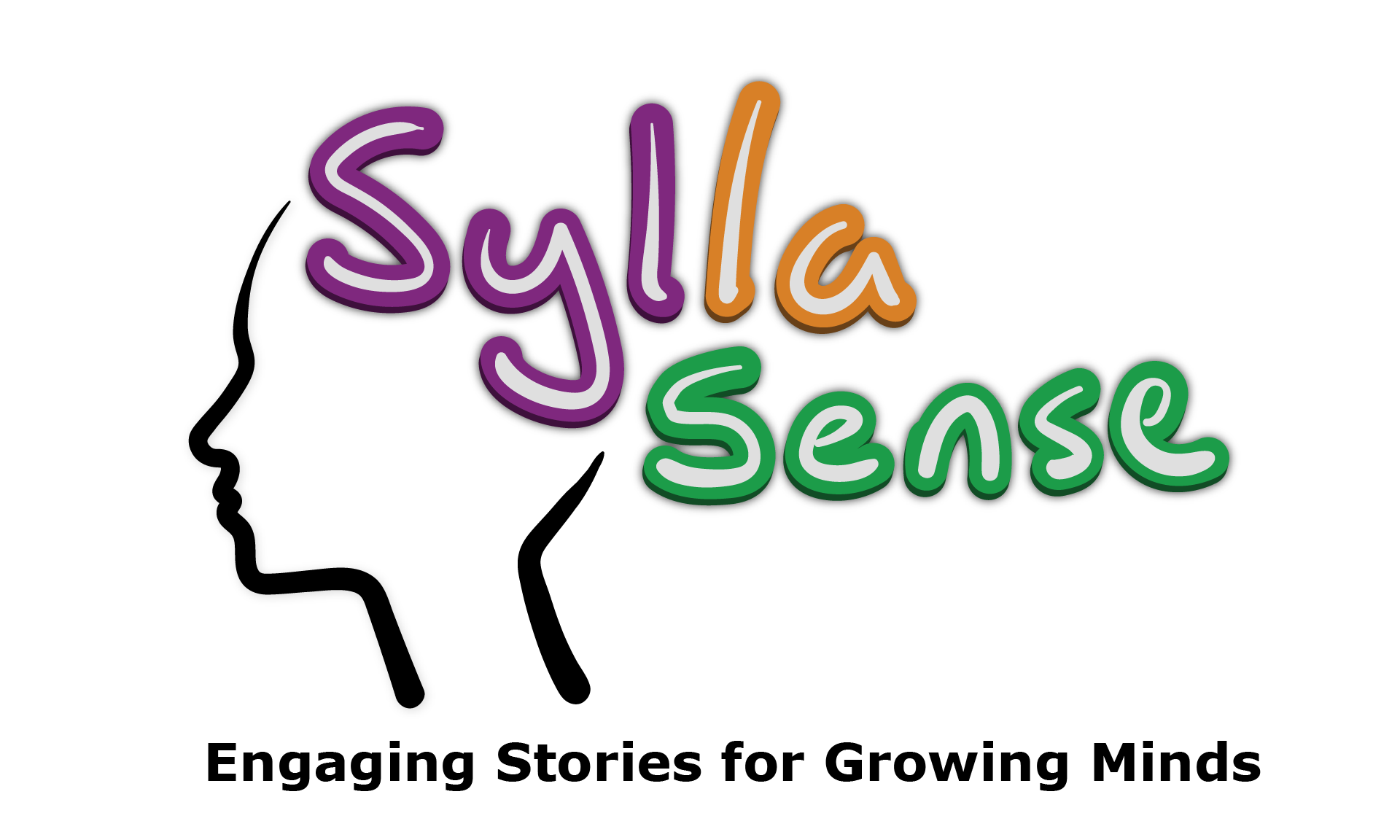|
Introduced in This Book
- long <e >/ē/ (in VCe pattern)
Previously Introduced
Vowels
- all short vowels, <u >/o͝͝o/
- <o >/ō/, <e >/ē/, <y >/ī/, <ee >/ē/, <ay >/ā/, <ai >/ā/, <y >/ē/, <a-e >/ā/, <i-e >/ī/, <o-e >/ō/, <u-e >/yū/, <u-e >/o̅o̅/
Consonants
- all single consonants and clusters
- <ng >/ng/, <nk >/nk/
- <s >/s/ and /z/, <c >/s/
Digraphs/Trigraphs
- <th >/TH/ voiced, <th >/th/ unvoiced, <ck >/k/, <ff >/f/, <zz >/z/, <ss >/s/, <ll >/l/, <sh >/sh/, <ch >/ch/, <qu >/kw/, <-tch >/ch/, <-dge >/j/, <wh >/wh/, <wr >/r/
Additional Concepts
- <al >(<a >as short /ŏ/ before <l >)
- <wa >(<a >as short /ŏ/ after <w >)
- <er >/er/, <or >/or/
|
Key Concepts to Understand - Grapheme/Phoneme Correspondence
- one job of marker <e >(often referred to as “magic <e >”) is to mark the preceding vowel as long
- there are many ways to spell /ē/ (e.g., <e >, <ee >, <ea >, <y >, <e-e >, <ie >, <ey >, <ei >)
- <e-e >is the least common way to spell long <e >in single syllable words
Note: there is no “rule” to determine which spelling is used to represent long <e >/ē/ in words; when using these words for practice, explicitly tell students that they will be spelling words with <e-e >
Words for Reading and Writing
Here is a list of words that can be used for phonemic awareness activities, reading, dictation, games cards, etc.:
- here, these, theme, eve, Pete, Steve, athlete, concrete, delete, stampede, sincere, concede, complete
Key Concepts to Understand - Orthography
- marker <e >(often referred to as “magic <e >”) has many jobs
- one job of marker <e >is to mark the preceding vowel as long
-
another job can be seen as a “suffix canceller” (e.g., if the base sense was written as sens , the word would be understood as (sen + s) which would mean more than one sen
Activity to Try
- Put the following on the board:
-
|
gees
|
tens
|
chees
|
fals
|
rais
|
- Ask students to create word sums (e.g., gee + s → gees).
- Ask students to define “gees”.
-
Once students cannot come up with a definition, tell them you wanted to write geese .
- Ask them if they know of a marker that can go at the end of a base that has a “job” and is not pronounced.
-
Tell them the meaning of tense , cheese , false , and raise and ask them what grapheme needs to be at the end of the base in order to spell the word correctly.
|
|
Introduced in This Book
- suffix <-es >as plural ending (forms another syllable)
Previously Introduced
- suffix <-s >third person singular, plural, and possessive
- suffix <-ing >as present participle
- suffix <-ed >as past tense of a verb
- compound words
- suffix <-y >
- suffix <-er >as comparative and as agent
|
Key Concepts to Understand
- suffix <-es >is used instead of suffix <-s >when another syllable is needed
-
every syllable has a vowel phoneme, this does not necessarily mean a vowel grapheme (e.g., prism )
Refer to Page 5 in Orthographic Conventions Background Information Sheets
Note: remind students that suffixes come “after bases” and not “at the end of words” as there can be more than one suffix (e.g., play + er + s and catch + er +s)
Activity to Try
-
Ask students to say the base fox .
-
Ask them to say fox again with their lips closed and notice how many “hums” happen.
Note: there are many ways in which teachers ask students to identify syllables (e.g., clapping, chin drops). Students are most accurate when saying the word with closed lips which forces a “hum” with every vowel phoneme.
-
Ask them to now say foxes with their lips closed and then identify how many “hums” there are and therefore how many vowels they should expect.
- Write “foxs” on the board and ask them to count the number of vowel graphemes there are.
- Ask them what type of grapheme (vowel) is needed to create another “hum.”
- Show them suffix <-es >.
- Give students a suffix <-s >card and a suffix <-es >card and ask them to hold up the correct suffix when attaching them to the following bases:
Suggested bases: box, can, kiss, glass, mask, cube, watch
Note: suffix <-es >is also attached to bases that end in <o >such as: do, go, echo, potato, etc.
Here are phrases that can be used for reading and/or dictation practice.
|
Noun Phrase
|
Verb Phrase
|
Prepositional Phrase
|
|
Eve, the athlete
|
jumped faster
|
on the bumpy boxes
|
|
painter Steve
|
cannot cover the paint
|
with his smaller brushes
|
|
Pete, the horse
|
ran quicker than Cleve
|
across the tall grasses
|
|
the fun baseball players
|
swung on the fence
|
by the nice catchers
|
|

